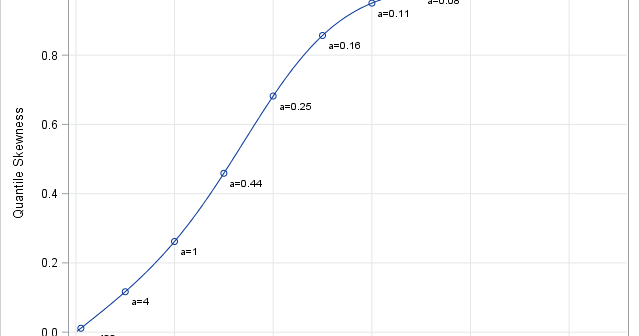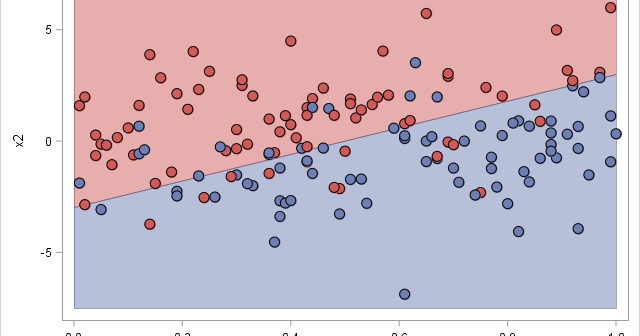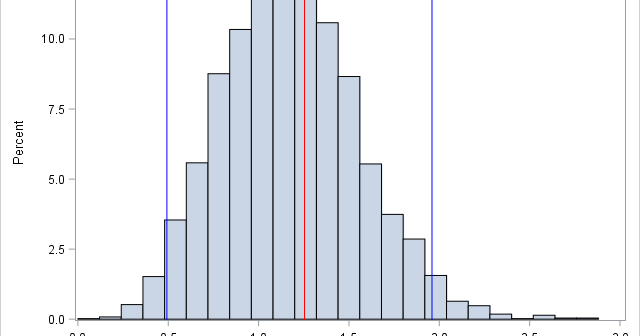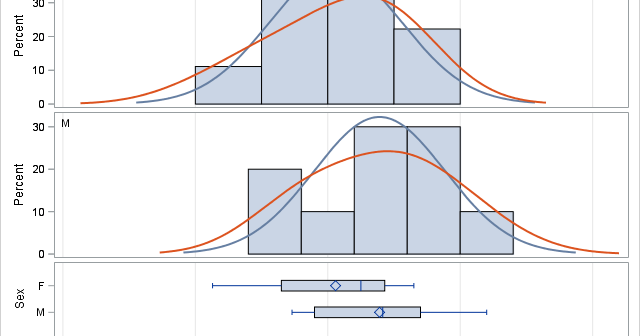The DO Loop
Statistical programming in SAS with an emphasis on SAS/IML programs
Skewness is a measure of the asymmetry of a univariate distribution. I have previously shown how to compute the skewness for data distributions in SAS. The previous article computes Pearson's definition of skewness, which is based on the standardized third central moment of the data. Moment-based statistics are sensitive to

An important problem in machine learning is the "classification problem." In this supervised learning problem, you build a statistical model that predicts a set of categorical outcomes (responses) based on a set of input features (explanatory variables). You do this by training the model on data for which the outcomes

I recently showed how to compute a bootstrap percentile confidence interval in SAS. The percentile interval is a simple "first-order" interval that is formed from quantiles of the bootstrap distribution. However, it has two limitations. First, it does not use the estimate for the original data; it is based only

I previously wrote about how to compute a bootstrap confidence interval in Base SAS. As a reminder, the bootstrap method consists of the following steps: Compute the statistic of interest for the original data Resample B times from the data to form B bootstrap samples. B is usually a large

A SAS customer asked how to use SAS to conduct a Z test for the equality of two proportions. He was directed to the SAS Usage Note "Testing the equality of two or more proportions from independent samples." The note says to "specify the CHISQ option in the TABLES statement

Students in introductory statistics courses often use summary statistics (such as sample size, mean, and standard deviation) to test hypotheses and to compute confidence intervals. Did you know that you can provide summary statistics (rather than raw data) to PROC TTEST in SAS and obtain hypothesis tests and confidence intervals?
